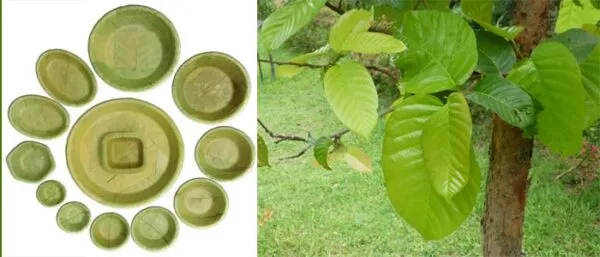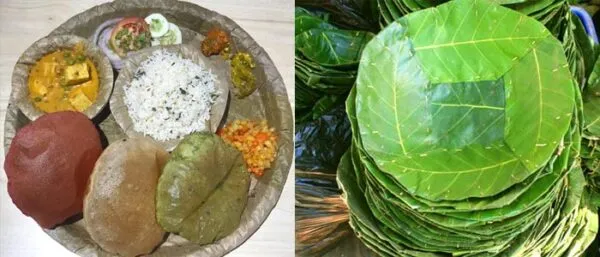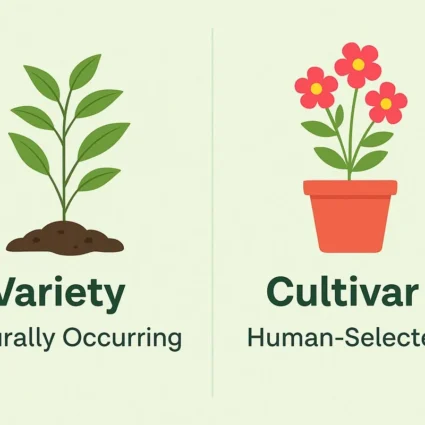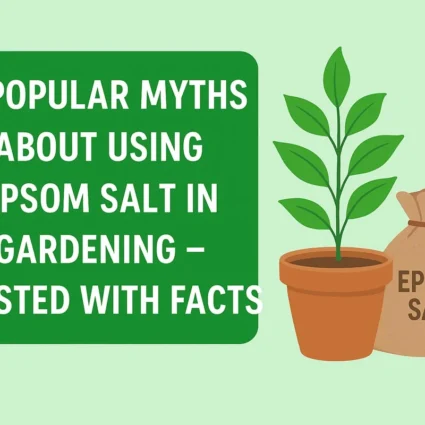
All you Need to know about the Traditional Dona & Pattal
Pattal and dona leaves are eco-friendly in nature which are made from SAL LEAVES. The plate is in a circular shape with six to eight leaves attached to a narrow wooden sticks. It is mainly used for prasad in temples to offer the deity. This pattal and dona leaves have been used since ancient times for its holiness. The quality of the food remains intact in paper dona pattal. It is an ideal alternative for plastic, good for health and wildlife.
Also Read This :Super Amazing Tips to Help you Grow Betel Plants at Home
Regional uses
The plates are widely used in barren areas of India like Madhya pradesh, Chhattisgarh, Andhra Pradesh, Maharashtra, Odisha, etc and parts of Nepal like Dharan, Dhamak, Kathmandu, etc.
Also Read This :Tips to Take Care of Homegrown Mushrooms

Customs & traditions related to donas & pattal
India is mainly known for its rich culture and traditional values. In olden days the son- in- law’s agility would be tested by making the pattal plate and bowl then only he would be accepted by his would be father- in- law.
Also Read This :All you need to know about the edible flowers and its multiple benefits
Uses of dona & dattal outside India
In Nepal pattal is called Tapari. Indians and Nepalese use it for religious purposes, feasts, funerals, etc. It is used as an alternative for plastic and metal.
Modern day trends and experiments related to disposable plates
People use pattal even today because it is eco – friendly and biodegradable. They do not require cleaning with soaps and detergents and are easily recyclable.
Also Read This :Know More About the Roots that are Consumable
Environmental importance of pattal
The impact of plastic bags on the environment is that it takes many years to decompose and can also cause several diseases in marine animals. The ban of plastic bags has led people to use pattal which is a good alternative to plastic ware. Pattal has been used since ages for its purity, medicinal purposes in India. The plates and cups are called by several names like dona, patravali, pattal, vistari, etc. These plates and cups do not require cleaning with soaps which is a time taking process. These leaves possess anti- bacterial properties against various bacteria and fungi thus protecting us from environmental pathogens.

Also Read This :Give your Garden a Touch of Vibrancy with these Beautiful Hedging Plants
Steps of making leaf plate
The steps involved in leaf plate making are leaf collection, drying, stitching the leaves into plates and transporting them. The plates are fabricated in small scale and cottage industries. The single layered hand and knitting machine stitched plates known as khali are used by consumers for eating purposes or further stitched into plates by heat pressing machines, which are acquired by commissioners, dealers,etc. Leaves of sal, addaku and palasa are ideal for commercial leaf plate making.
The pedal handled hydraulic heat pressing machines carry out the functioning of molding, pruning, and drying of the product. These machines are widely used in Andhra Pradesh, Madhya Pradesh, Odisha and Telangana. The plates are made leak proof by stitching a low density polyethylene binding layer in between the leaves. These cups are used for serving foods like chole, kheer, raita, etc.
Also Read This :How to Grow Croton Plants From Cuttings and care it
Religious significance of leaf plates in India
There are many ways of worshiping gods for Hindus. According to Acharya Charaka the leaves are pure and the practice of eating food on pattal with hands connects the sense organs with mind. The practice of eating on the floor with hands is important as it controls obesity. The food served in leaf plates during festivals is a good practice as it symbolizes equality among people.
Also Read This :How To Grow Dahlia Flower Plant at home and care it
Leaf plates have been used since ages for wrapping foods, breakfast, etc. The ban of plastics has led people to use leaf plates and cups which is a good practice as it eco -friendly. Eating food in leaf plates is considered healthy and is also used for religious purposes.
Also Read This :Hadjod Medicinal Herb Benefits, How to Grow and Use?




